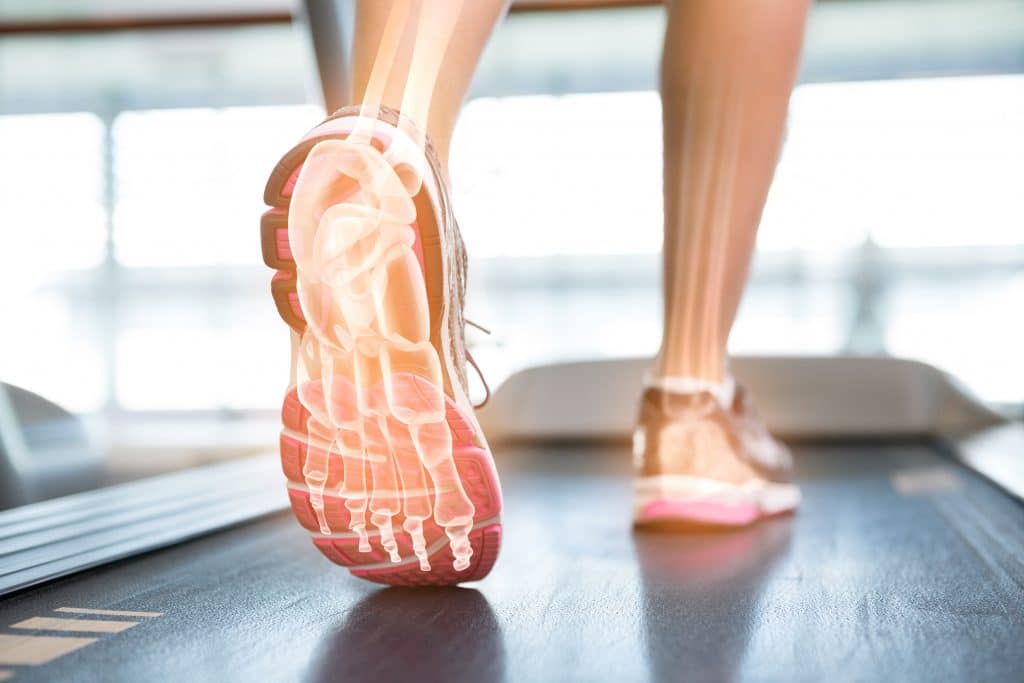“We purchased Dartfish because subtle changes in motor function occur over the course of rehabilitation and recovery that are often not picked up by numerical scales. Dartfish enables us to record a patient’s performance at each visit, and analyze it objectively to detect subtle changes, as well as provide patients with feedback for further treatment.” – Raghavan & Li, Mt. Sinai School of Medecine
Dartfish may be best known for its contribution to sport but that shouldn’t over-shadow its well-established use by those for whose movement analysis goals are performance improvements by the injured or functionally impaired. In this article I have collated case studies from four respected US institutions which together illustrate diverse ways in which Dartfish is called to contribute. You may find yourself surprised to discover that not only is video used for assessment, diagnosis and research but also to communicate and educate – in the same way and for the same reasons as for our medal-winning athletes.
Rehab “One frame at a time”
In an article for Training & Conditioning magazine, Larry Jaffe and Gray Cook, describe the benefits of video as applied to their Functional Movement Screen. Video for them isn’t just an assessment tool and in their article they identify multiple areas in which it contributes:
- Objectively assess movement patterns
- Evaluate the effectiveness of therapeutic choices
- Provide views of “hard to see in a mirror” areas
- Assess when functional movement patterns have returned to pre-injury levels
- Slow down fast movements
- Repeat observation, giving the ability to focus on how a movement impacts different areas
- Observe how movement is affected by braces, tape or splits and wean athletes off supports by showing how movement is unaffected
- Allow patients to analyze, interpret, and evaluate their own performance
- Allow patients to objectively understand the nature of their problem and the proposed solutions
Rebound Physical Therapy
Now let’s head to Bend, Oregon where Rebound find that their rehab. process is accelerated when patients can observe what proper technique looks like. Crucially, they are learning what ‘correct’ and ‘incorrect’ mean as applied to their own bodies and capabilities. “They walk out the door moving differently”, according to Rebound’s owner, Andy Fecteau.
Rebound also coach sports performance with a physio twist; identifying faulty or aggravating movement patterns in golf, baseball and cycling and tackling them before injuries occur. Their clients are prescribed personalised Dartfish Mediabooks of excercises. “With video you can’t hide from reality,” states Andy. “Most people know the ideal of how to move in a kinesthetic sense, but they may not be there. Dartfish connects these two realities – what you think you’re doing and what you’re actually doing.”
Mount Sinai School of Medecine
Preeti Raghavan md, the director of the motor recovery laboratory, and Edward Li, an assistant researcher in the motor recovery lab in the department of rehabilitation medicine at the Mount Sinai school of medicine in New York City, use Dartfish to objectively monitor patients’ progress over time and to provide them with feedback about their movement capabilities and functional strategies.

Like Rebound, they use Dartfish to improve function in their patients but in their case study they also offer neurological and musculo-skeletal examples of Dartfish being used for objective and quantitative assessment. They also stress the value of video for self monitoring a goal setting and provide some technical tips for good results.
Read the Mount Sinai case study
Spring Arbor University
More research, but this time Dartfish is the focus of a study; investigating its use as a diagnostic tool to measure valgus collapse in college aged females. Their conclusions…?
- Four successful ways of using Dartfish were developed during this research. The Dartfish tools involved were the angle tracking device, vertical lines, Simulcam, and the distance tool.
- Vertical lines and Simulcam show valgus collapse qualitatively, while both the angle tracking device and distance tool demonstrate valgus collapse quantitatively.
- Dartfish could play a critical role in early assessment of valgus collapse, thereby decreasing the risk of ACL injury in females. The diagnostic procedures developed can be extended to other populations.
- Simulcam could work extremely well for identifying changes in valgus collapse resulting from neuromuscular training.
Mayo Clinic Sports Medicine Centre

Mayo are one of the big respected names in sports medicine. All the more flattering then that, in a case study drawn from their promotional literature, they cite one of the big respected names in motion analysis (guess who?) to add value to their own brand and sell their services.

Comments are closed.